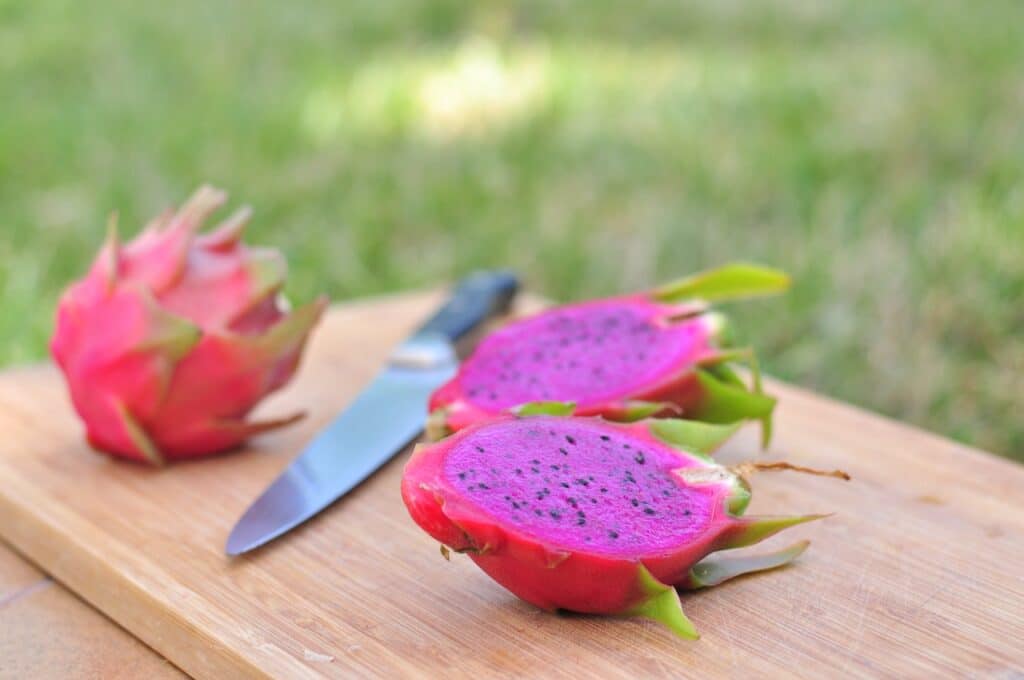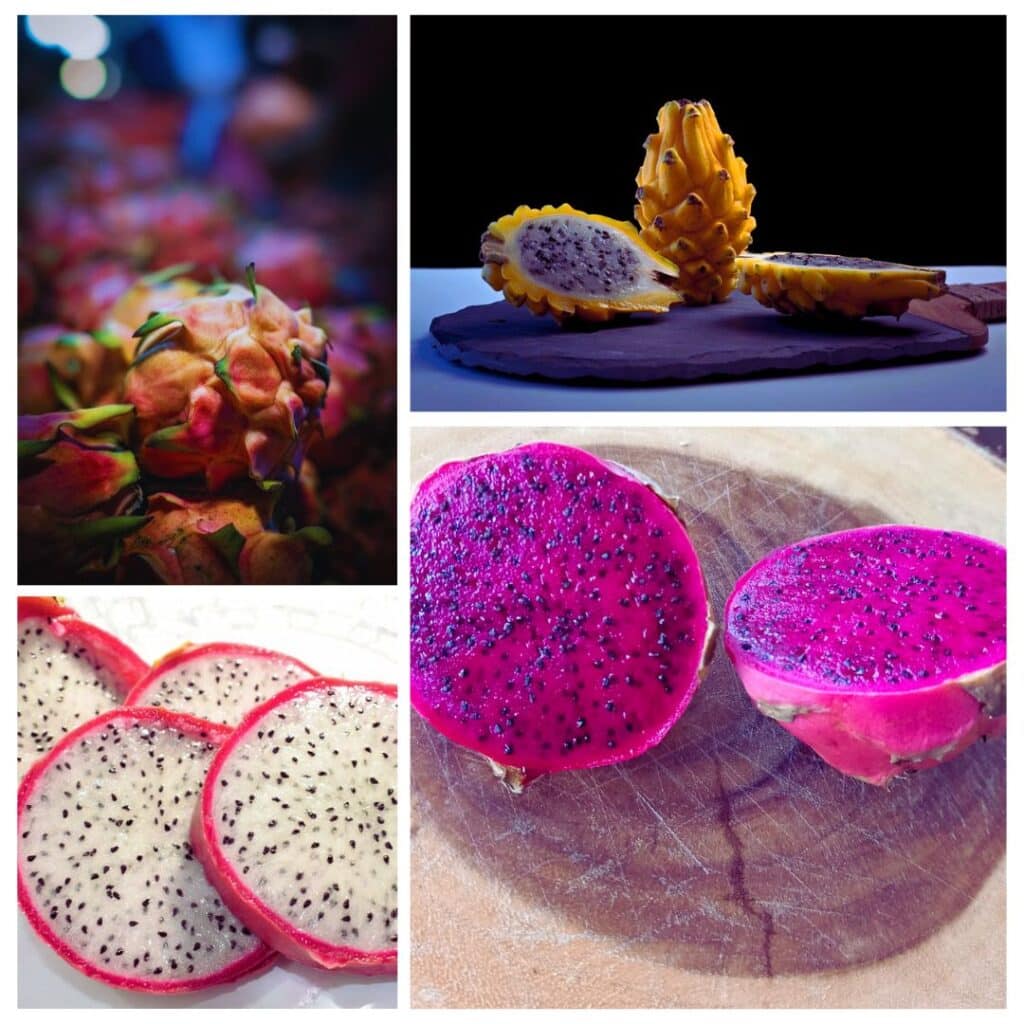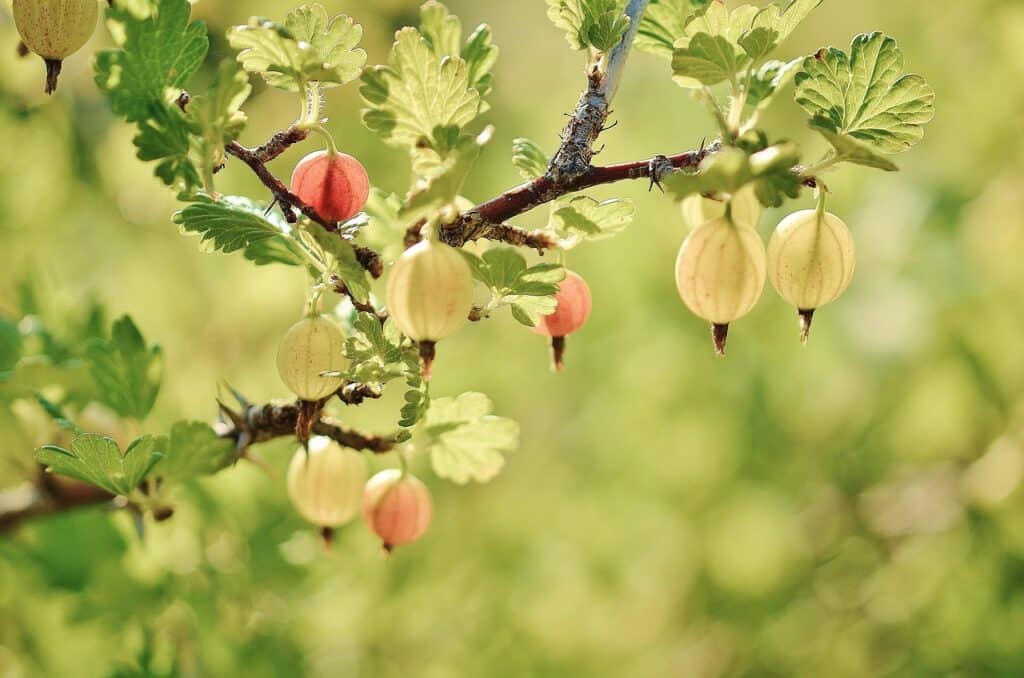How to Grow Tayberry
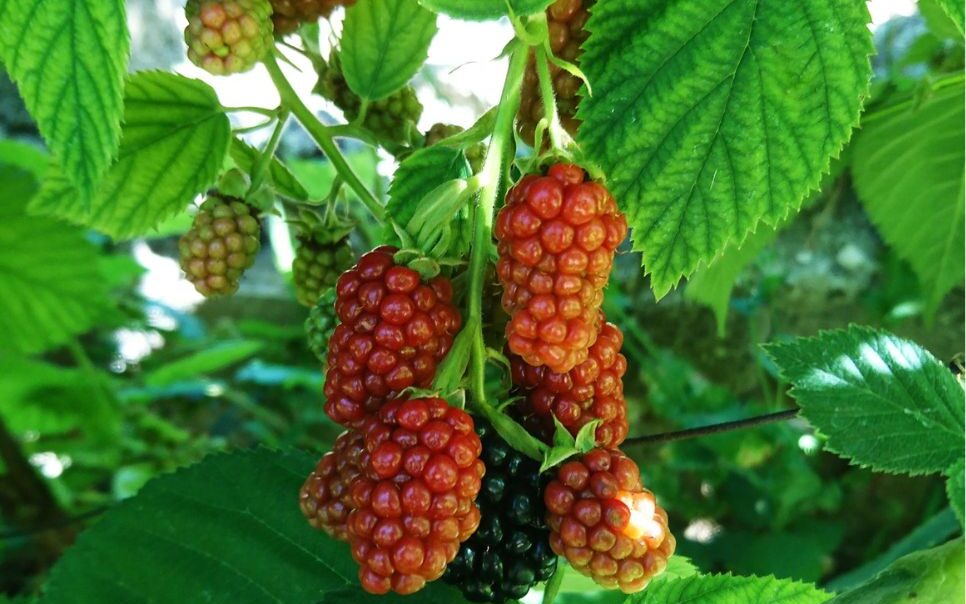
If you like berries, then more than once you’ve thought about how would it be to have a berry as large as a raspberry and as juicy and seedy as a blackberry, haven’t you?, Well, me neither! But a man called Dereck L. Jennings sure did, and after crossing raspberries and blackberries he made a hybrid called Tayberry.
But aren’t the raspberries and blackberries hybrids called Loganberries? Yes, but as opposed with loganberries, tayberries are usually larger and sweeter. It’s also easier to propagate and it gives a higher yield.
In the next article, we are going to see how to grow a tayberry plant, and some other tips on how to care for it.
How to grow a Tayberry plant
Unfortunately, tayberries are hybrids, which means the cannot be propagated by seeds, as they would not stay true to the parent plant, so the only way to propagate a Tayberry plant is to acquire a cutting or buy a stablished plant. For this, try calling a nursery near your zone to acquire one.
However, if you have a neighbor or someone who also has a tayberry plant, you can try asking them for a couple cuttings before fall hits. The best time to plant it is in the fall season or in early spring. You can place an established plant or a cutting in the soil
Also, remember to check which variety of tayberry you prefer. “Buckingham” is a thorn less variety, and it will be helpful while trying to prune and trellising the plant. While “Medana” is known for providing a higher yield.
If you want to plant more than 1 variety of I’d recommend spacing them about 3 feet, reason is, even though tayberries don’t sucker, they do form clusters of canes from the crowns. Spacing will have a direct impact in the amount fruit you’ll get so it’s important to take it into account.
Soil
Just as with many brambles, tayberries thrive the best in a well drained soil positioned in a location where they can get full sun. When transplanting your tayberry, make sure to put in a good dose of compost to help it get the nutrients it needs. The Ph needed for the soil is a slightly acidic to neutral one from 5.5-7.0.
Organic mulch is a good option with this plants, as it will help you retain those good nutrients needed for your brambles as well as providing a good protection against weeds (important while they are establishing) and to retain moisture.
Pruning
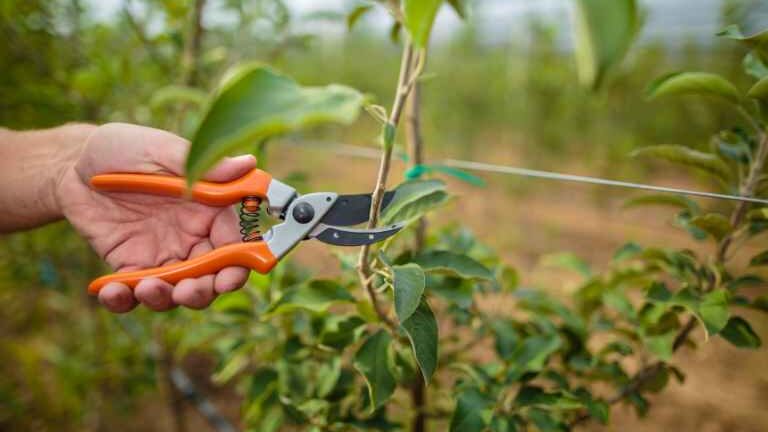
Pruning it done in a similar way with raspberries, as it will depend whether your tayberry is a primocane variety (such as medana) or a floricane variety. If you want to be completely sure and without doubts, just ask this to the source where you obtained the plant.
But let’s assume you stole a cutting from your neighbor (please don’t) and you are not sure if it’s a primocane or a floricane. If this is the case (hopefully not) you just need to check whether the canes born in that season are the same ones who gave fruit, if that’s the case, you have a primocane. If your canes grew up on a year and they give fruit the year after, then they are floricanes.
Leaving unrealistic scenarios behind, if your tayberry plant is a primocane you can just prune all of the canes after harvest. If you have a floricane, then you’ll want to prune the canes that gave already fruited and cut the tip of the primocanes, this will promote lateral growing and it will increase your next season’s harvest.
Trellising
Tayberry canes typically grow from 9-10 feet, and their growth pattern is more similar to blackberries, they grow in a sturdy manner at first and then tend to transform into a semi-erect type habit.
There are many different options on how to trellis tayberries. This plants have big leaves and their fruit is quite heavy so we want to make sure our structure can hold the strength produced by the wind (if you live in a particular windy area) or a heavy amount of fruit (if your trellis collapses for too much fruit though, congrats!).
A fan type of trellis is a good option, they also look good on walls so you might want consider a wall trellis or a fence trellis and train your canes to grow in an ornamental type of look.
Pest
There are some pest that can be troublesome to fight against.
Birds
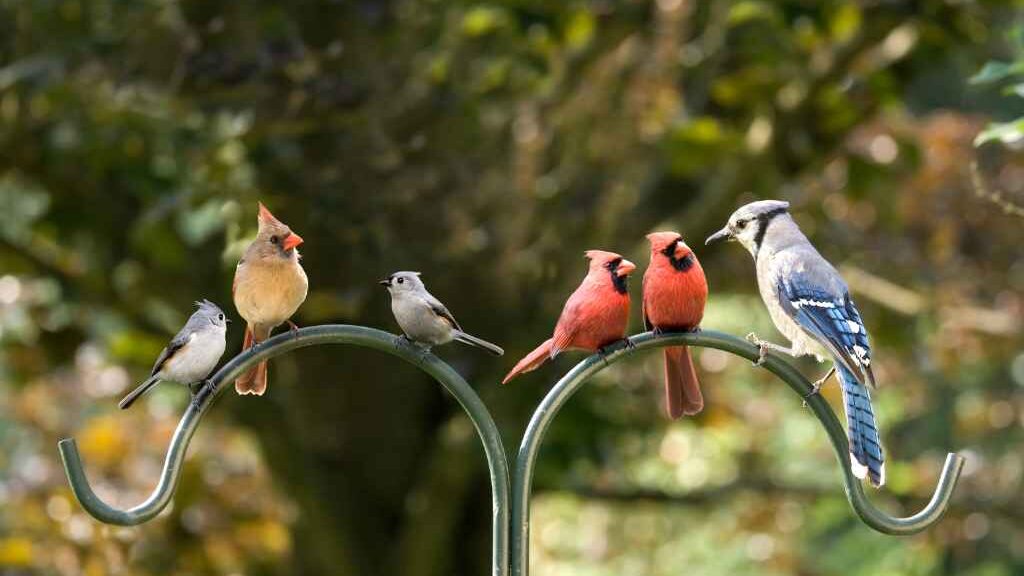
If birds love to eat berries such as raspberries and blackberries so much, imagine what they would do once they found out you have a combination of both.
To protect your tayberries against birds, place a bird net to take care of your crops.
Fruit flies
Again, something you don’t want bothering your berries. Make sure to pass by your bramble beds at least twice a week during harvesting season to avoid having over ripped fruits.
Harvesting
Tayberries can be harvested during mid-summer, in the month of July. If cultivated correctly, this plant can breed fruits with 7-11 grams with each lateral having around 6 fruits.
The fruits are very juicy and they are excellent for making pies, hams, or just to be eaten straight. As we’ve said before, they are pretty similar to loganberries, but sweeter, bigger, and with tastier.
I sincerely hope you enjoyed this article and I wish you the best in your tayberry growing journey!

